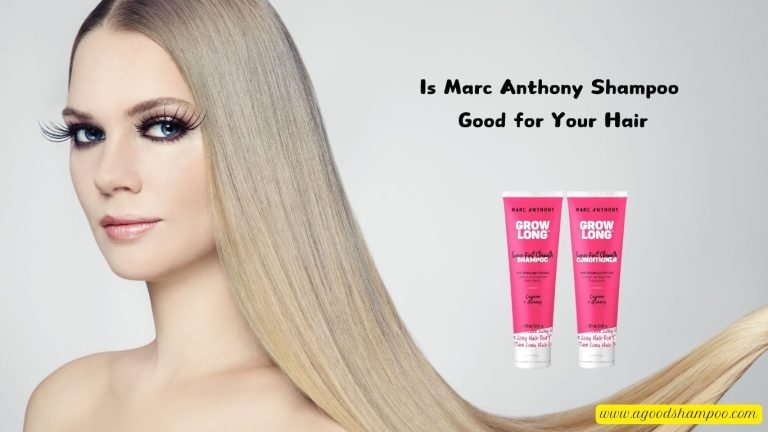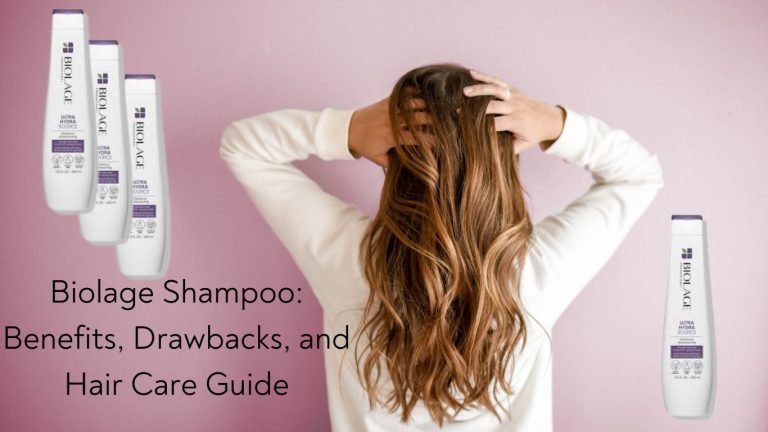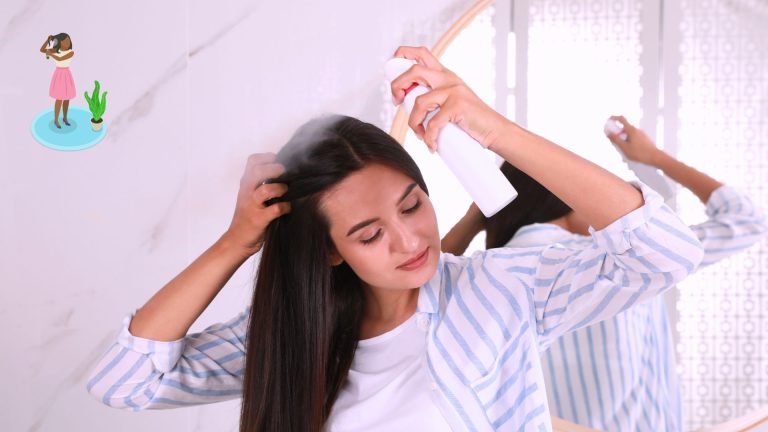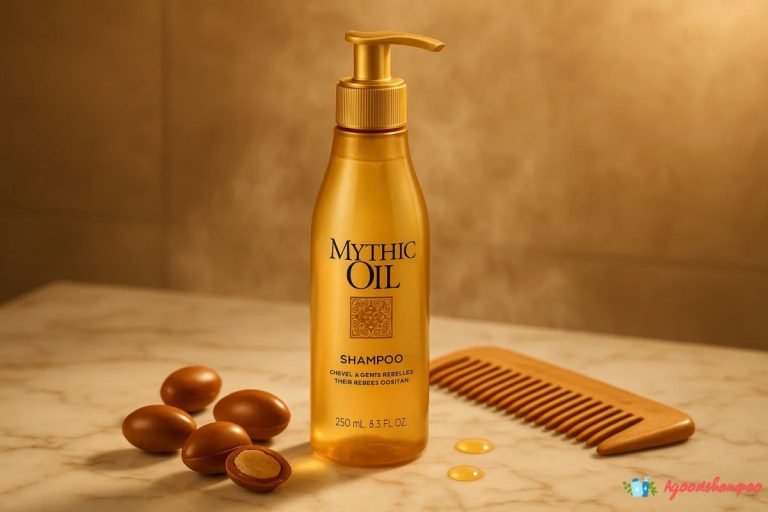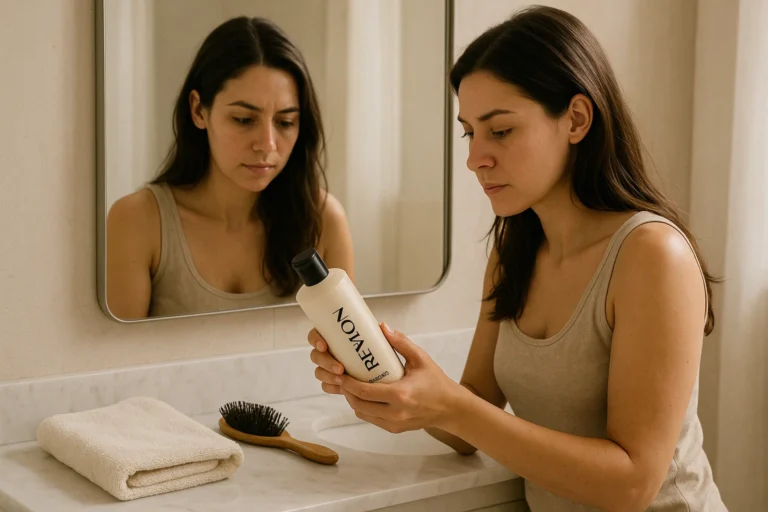Is Paul Mitchell Tea Tree Shampoo Good For Lice?
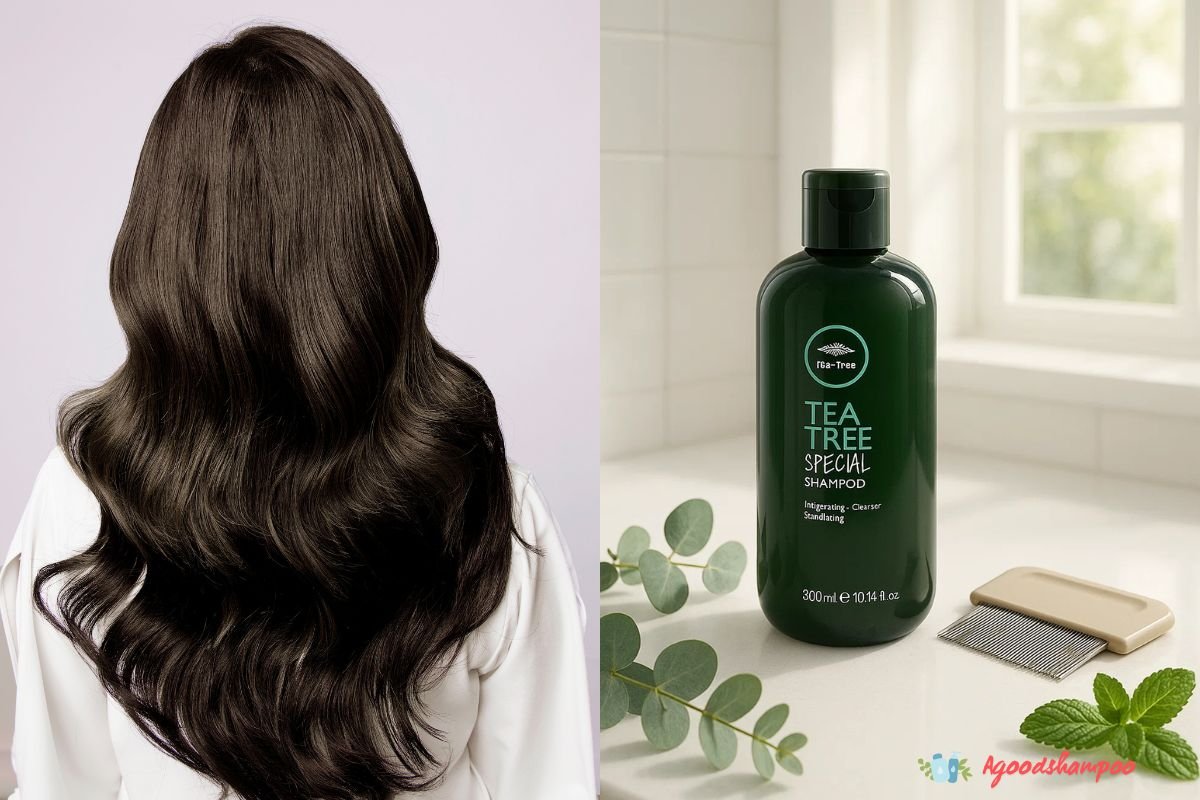 Let’s be real, nothing kills a vibe quite like hearing your child has lice… or worse, realizing you do. That slow, itchy creep of panic? We’ve all been there. And if you’re standing in the pharmacy aisle, staring at rows of shampoos wondering if that sleek green bottle of Paul Mitchell Tea Tree Special Shampoo can actually kick those critters to the curb, you’re not alone.
Let’s be real, nothing kills a vibe quite like hearing your child has lice… or worse, realizing you do. That slow, itchy creep of panic? We’ve all been there. And if you’re standing in the pharmacy aisle, staring at rows of shampoos wondering if that sleek green bottle of Paul Mitchell Tea Tree Special Shampoo can actually kick those critters to the curb, you’re not alone.
So… does it work? Can this cult-favorite shampoo really help with lice, or is it just another minty-smelling myth? Let me break it all down.
I’ve Got Lice (or My Kid Does). Now What?
First, breathe. Lice aren’t dangerous. They don’t carry disease. They’re just incredibly annoying, persistent, and, yes, contagious.
Most lice treatments use over-the-counter pesticides or suffocating oils. But a growing number of parents (and even some stylists) are turning to tea tree oil shampoos, especially ones like Paul Mitchell’s, as a gentler alternative. So where does it stand?
Let’s get into it.
What Is Paul Mitchell Tea Tree Shampoo, Anyway?
This isn’t your average head & shoulders.
Paul Mitchell’s Tea Tree Special Shampoo is known for that icy-tingly spa-like feeling thanks to its signature trio:
Tea Tree Oil
Peppermint
Lavender
It’s marketed for deep cleansing, refreshing the scalp, and adding shine. No, it’s not technically labeled as a lice treatment. But thanks to tea tree oil’s reputation, it’s often part of home lice remedies.
Ingredient Breakdown: Why Tea Tree Oil Gets All the Hype
Let’s zoom in on the star here, Melaleuca alternifolia, aka tea tree oil. This natural essential oil has been studied for its antifungal, antibacterial, and yes, even insecticidal properties.
What Research Says:
A 2012 study in Parasitology Research showed that tea tree oil killed 100% of head lice within 30 minutes at 1% concentration.
Another 2010 clinical study found that tea tree oil and lavender were more effective than pyrethrin-based treatments for killing lice and eggs.
Now, here’s the twist: Paul Mitchell doesn’t tell us exactly how much tea tree oil is in their shampoo. But based on the tingling strength and ingredient list, it’s definitely present, though likely under 5%.
So… Does Paul Mitchell Tea Tree Shampoo Help With Lice?
Short answer?
It helps.
But it won’t do it alone.
Paul Mitchell Tea Tree Shampoo can repel lice, soothe the scalp, and clean the hair thoroughly, which is a big part of the battle. But it’s not powerful enough to kill lice eggs (nits) or end a full infestation on its own.
Think of it more like a sidekick than the superhero.
Can Tea Tree Shampoo Keep Head Lice Away?
Yes, preventatively, this shampoo can absolutely help.
Here’s how:
Lice hate strong smells, especially tea tree, peppermint, and lavender.
Daily use of a tea tree shampoo may discourage lice from settling in, especially during back-to-school season or outbreaks.
Real-world tip:
Many moms use Paul Mitchell’s shampoo on their kids after sleepovers or during school lice alerts. While it doesn’t kill lice on contact, it might just be stinky enough to keep them from jumping on board in the first place.
What Is Paul Mitchell Tea Tree Shampoo Good For (Besides Lice)?
Honestly? This shampoo is a scalp savior. If you’ve got:
Oily roots
Itchy, flaky scalp
Product buildup
Dull, lifeless hair
…you’re gonna love this stuff. The peppermint gives that cool tingle. The lavender calms inflammation. The tea tree keeps things clean and fresh. It’s like your scalp just stepped out of a eucalyptus sauna.
But if your hair is dry, fine, or color-treated? It might be a bit strong. Use it 2–3 times a week, or alternate with a moisturizing shampoo to keep balance.
How to Use Paul Mitchell Tea Tree Shampoo for Lice
Let’s say you or your child has been exposed to lice, or you’ve already started scratching and panicking.
Here’s what you can do with Paul Mitchell:
Step-by-Step Use for Lice Exposure:
Apply generously to wet hair.
Massage deeply into the scalp for 3–5 minutes.
Leave on for a full 10 minutes before rinsing.
Follow with the matching Tea Tree Conditioner (optional).
Comb through wet hair with a fine-toothed lice comb to remove any bugs or eggs.
Repeat daily for 5–7 days during high-risk exposure or until no signs of lice remain.
Pro Tip: Mix a few extra drops of pure tea tree essential oil into the shampoo bottle for added punch (if your scalp tolerates it).
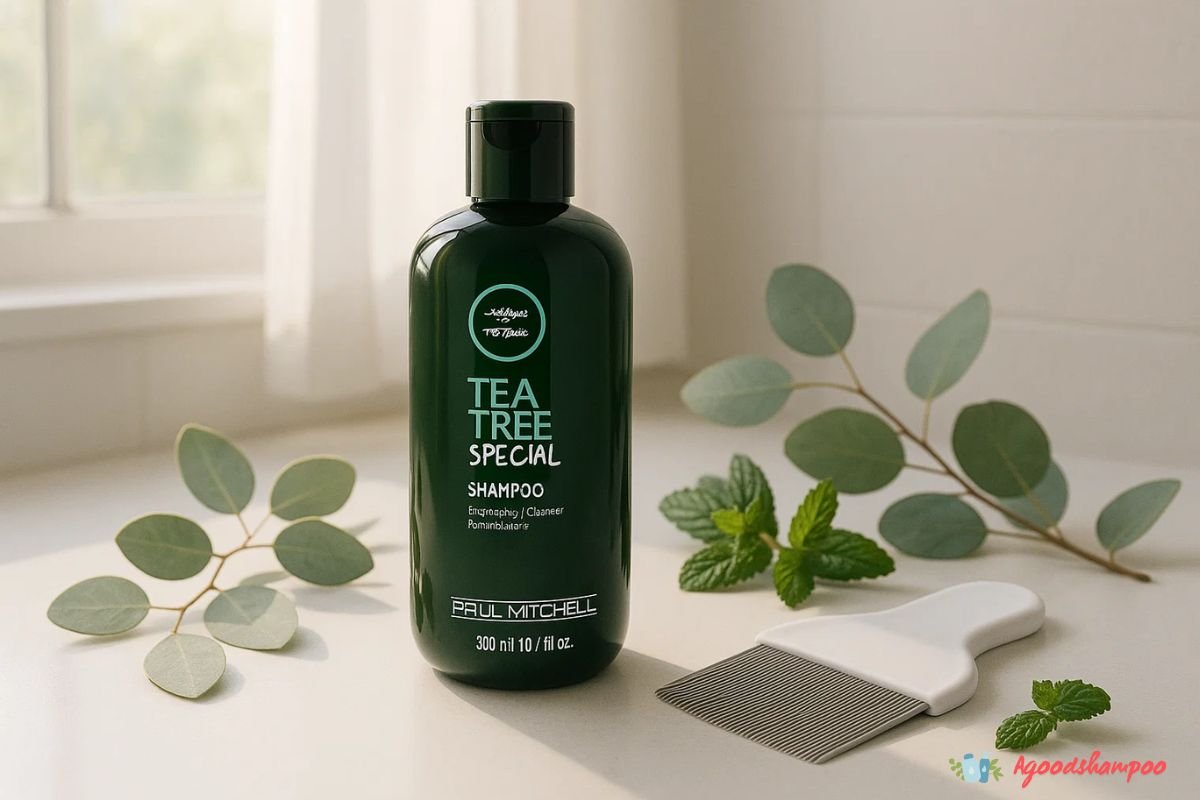
What Parents & Stylists Are Saying
I’ve combed (pun intended) through forums, salon chatter, and parent reviews. Here’s the consensus:
Positive Reviews:
“It helped keep lice from coming back after treatment.”
“Smells amazing and made my daughter’s scalp feel clean after OTC meds dried it out.”
“We use it weekly during school year, haven’t had lice since.”
Cautions:
“Didn’t kill lice completely, we had to follow up with a stronger treatment.”
“Kind of expensive for a daily use shampoo.”
“Can dry out hair if overused.”
Quick Fact: Lice Life Cycle (Why Shampoo Alone Doesn’t Cut It)
| Stage | Description | Timeline |
|---|---|---|
| Nit (egg) | Stuck to hair shaft | 7–10 days to hatch |
| Nymph (baby louse) | Smaller, developing | 7–10 days to mature |
| Adult | Full-size bug | Lives 30 days; lays 6 eggs/day |
That’s why one wash isn’t enough. You need to keep using the shampoo consistently and pair it with combing to get those eggs out.
Other Natural Lice-Fighting Tips
Want to go the chemical-free route? Here are some safe add-ons:
Coconut oil + tea tree oil mask before combing
Freeze hats, combs, and hair ties for 24 hours
Wash bedding in hot water every 2–3 days
Spray diluted tea tree oil on pillows and car seats
Is Paul Mitchell Tea Tree Shampoo Good For Lice?
Yes, as a lice deterrent and gentle support treatment, it’s great. But no, it won’t fully replace a medical lice remedy if you’re mid-infestation.
Use it if:
You want to prevent lice naturally
You’ve already treated lice and want to keep them gone
Your scalp is itchy, and you want something refreshing and cleansing
Just don’t expect it to nuke the whole colony overnight.
Carolina’s Bottom Line
As someone who’s worked with parents, stylists, and clients dealing with every kind of hair situation, including full-blown lice freakouts, I can say this:
Paul Mitchell Tea Tree Shampoo is like that reliable friend who shows up with soup when you’re sick. It won’t fix everything, but it’ll make you feel a heck of a lot better while you heal.
Use it smart. Use it consistently. And don’t forget, no shampoo (even a fancy one) replaces a good nit comb and a laundry day blitz.
Stay itch-free out there.

Carolina Herrera: Cosmetics specialist & Hair Analyst. Specializing in hair treatments, Carolina provides thorough reviews and advice on choosing the best products for damaged or treated hair.

